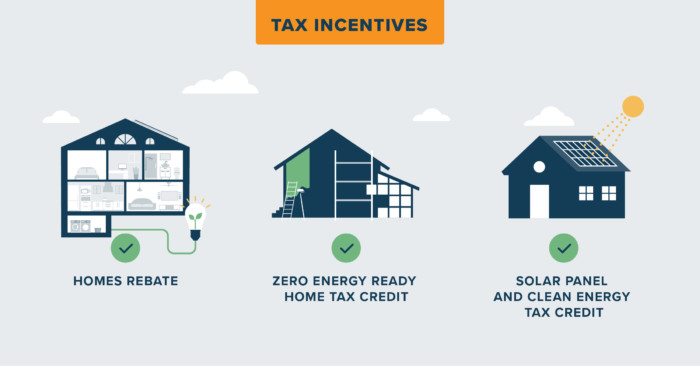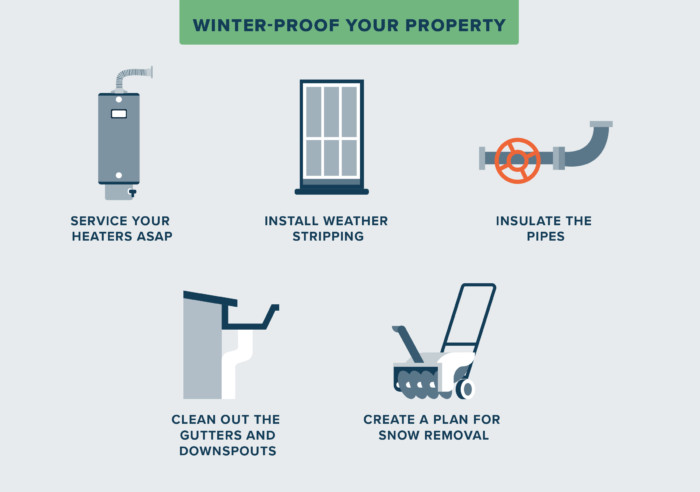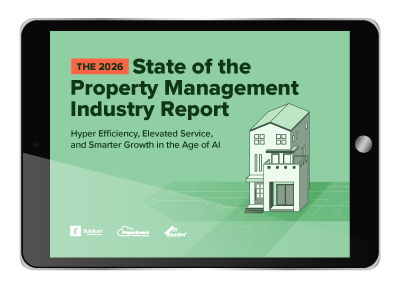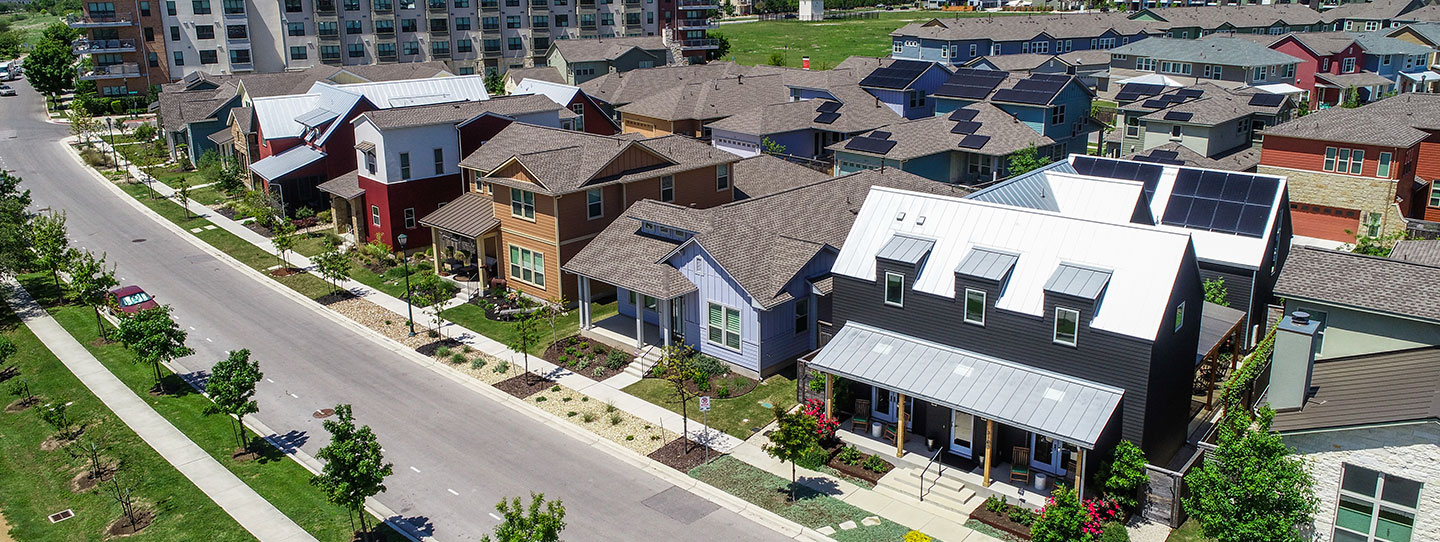If you’ve looked at your properties’ utility bills lately, you know that energy costs can significantly impact your bottom line. Rising utility expenses affect homeowners and property managers alike, but as a property manager, there are strategic steps you can take to reduce these costs and protect your profitability.
Keep reading to learn what steps you can take to make your properties more energy efficient, reducing utility expenses and saving you money in the long run.
The Value of Energy Efficiency in Property Management
Energy efficient upgrades reduce operating costs, attract quality tenants, and increase property values for rental properties, an approach gaining significant traction, with ENERGY STAR certified homes now representing more than 12% of all U.S. homes built. As utility costs continue to fluctuate, these improvements have become increasingly important for maintaining competitive properties.
Energy expenses represent a significant portion of property operating costs, making efficiency improvements a smart investment for long-term profitability and tenant satisfaction.
Why Invest in Energy Efficient Property Upgrades?
With utility costs representing a substantial ongoing expense, investing in energy efficiency is a strategic way to boost property values and save money over time. These upgrades not only reduce monthly operating costs but also position your properties as modern, desirable rentals in a competitive market.
To help you plan for the right types of upgrades—and justify those investments to owners—we’ve laid out some of the biggest benefits of going green:
You Can Take Advantage of Tax Incentives
You might have heard about President Biden’s Inflation Reduction Act (IRA), which he signed over the summer. A large portion of the act revolves around providing tax incentives for energy efficient upgrades, particularly ones that property managers may be able to use to cut costs. Here’s a closer look at what this piece of legislation entails:

- HOMES Rebate: HOMES (Home Efficiency Rebates) provides rebates for whole‑home energy retrofits based on modeled or measured energy savings. Rebates are available for single‑family and multifamily homes, including rentals, with higher amounts for low‑income households; amounts and eligibility details vary by state.
- Zero Energy Ready Home Tax Credit: Developers can receive a $5,000 tax credit for each home that they build that meets certain energy-saving requirements.
- Solar Panel and Clean Energy Tax Credit: Homeowners can claim a 30% Residential Clean Energy Credit (Section 25D). Businesses (including property owners) installing qualifying solar may claim the Section 48 Investment Tax Credit, which can receive an extra 10% or 20% bonus for certain low‑income community projects under Section 48(e).
In addition to the IRA, there are new tax incentives being considered at the local level. Local incentives may include fixed rebates (for example, permit‑fee rebates or battery rebates) that vary by utility and program year; check the Rancho Mirage Energy Authority’s current offerings before relying on a specific amount.
Those are just a few of the growing number of local incentives available to property managers. Check for programs in your area that might offer further rebates.
Benefits This Season: The Residential Energy Efficient Property Credit
Property managers should be aware that many of the provisions in the IRA don’t take effect until 2023. Fortunately, however, there are still quite a few tax incentives that may be useful for this tax year. For example, while the Energy Efficient Home Improvement Credit (25C) had a $500 lifetime limit before 2023, it has been expanded and now has no lifetime dollar limit, allowing property owners to claim the maximum annual credit each year they make eligible improvements. The Residential Clean Energy Credit (25D) is generally 30% with no overall dollar cap (fuel cells excepted).
You Can Incentivize Renters to Choose Your Listing
Aside from the tax benefits, offering opportunities for energy savings could help make your rental listing more attractive to potential renters, a fact supported by a study of a nationally representative sample of over 2,400 renters who are in search of lower utility bills.
A recent study by the American Council for an Energy-Efficient Economy (ACEEE) found that renters were 21% more likely to choose rental listings with energy-efficiency information over those without. What’s more, the participants surveyed were willing to pay up to 1.8% more in rent to access these upgrades.
You Can Improve Long-Term ROI
Finally, there are long-term cost savings to consider. Depending on location, rates, and system size, lifetime solar savings commonly range from tens of thousands of dollars; recent EnergySage estimates often exceed $30,000. Similarly, adopting an ENERGY STAR Home Upgrade (e.g., heat pump HVAC/water heater, smart thermostat, high‑performing windows) can save about $500 per year on utility bills.
Over time, these small savings can add up to substantial profits that you can reinvest into your property to improve its value or use to expand your portfolio, contributing to larger environmental goals like the 4 billion metric tons of greenhouse gas reductions achieved through ENERGY STAR programs.
How to Assess Your Properties for Energy Efficiency Opportunities
Before you can decide which upgrades to make, you need a clear picture of where your properties are losing energy. This is the first step in creating a smart investment plan that you can present to owners with confidence.
Start with these assessment steps:
- Review utility bills: Look at the last twelve months for seasonal spikes in electricity or gas usage
- Professional energy audit: Auditors use blower doors and infrared cameras to pinpoint exact energy loss sources
- Prioritized upgrade list: Get recommendations ranked by impact to justify expenses and plan your budget
Building Envelope Improvements That Deliver Results
The building envelope—its roof, walls, windows, and foundation—is your first line of defense against energy loss. Focus on these key improvements:
- Insulation upgrades: Add insulation to attics and walls to prevent conditioned air from escaping
- Air sealing: Fill gaps around windows, doors, and pipe/wire entry points with weatherstripping and caulk
- Window improvements: High-performing windows reduce drafts, or use storm windows and insulating films for lower costs
HVAC and Water Heating Upgrades for Maximum Impact
Heating, cooling, and water heating are often the largest utility expenses in a rental property. These upgrades offer the biggest impact:
- HVAC replacement: High-efficiency furnaces and air conditioners cut energy use substantially, and new tax incentives recognize their impact, offering a credit of up to $2,000 per year for qualified heat pumps and other systems
- Water heater upgrades: Modern units use far less energy than older models
- ROI timeline: Higher upfront costs pay for themselves through lower monthly bills
Quick Fixes to Protect Profits for Energy Efficient Properties
That said, we recognize that most of the upgrades mentioned above take some time to make. While they are certainly valuable to your bottom line, especially in the long run, they’re not your only option. You may want to consider making some quick fixes to your property to help keep utility costs as low as possible while you explore more permanent solutions.
How to Winter-Proof Your Property
In some regions, winter-proofing your property is a must. The more thorough you are with your winterization, the less need to fire up the heater, which residents will appreciate and you’ll benefit from, especially if you manage multifamily properties.
If your goal is to fully winterize your multifamily property, we have a multifamily winterization checklist that can assist you in managing the process from start to finish. However, if you just need a few tips to get started, or you’re managing a single-family rental property, here are some important steps you can take:

- Service your heaters ASAP: With colder weather right around the corner, no one wants a tenant’s heater to break. Make an appointment for routine servicing as soon as possible.
- Install weather stripping: Install weather stripping under doors and around drafty windows. While you’re at it, also be sure to fill in any noticeable cracks.
- Insulate the pipes: Start with any pipes that run along outside walls or are exposed to the elements.
- Clean out the gutters and downspouts: Clogged gutters won’t be able to dispose of snow melt properly, which can then turn to ice and become a safety hazard. Make sure your property’s gutters are clear before the weather turns severe.
- Create a plan for snow removal: Discuss with your tenant who will be responsible for snow removal and how the process should be done.
How to Summer-Proof Your Property
Similarly, summer-proofing a property can help reduce utility bills during the hottest months. Here are a few things that you can do to keep your property as cool as possible in the face of the summer heat:
- Upgrade your insulation: Adding insulation will help save on energy bills during both the cooler and winter months because it stops temperature-controlled air from escaping your home. However, if you’re going to be opening up walls, summer is the time to do it.
- Install “Low-E” film on your windows: Low-E film, which means “low emissivity,” contains a metal oxide material that blocks the sun’s UV rays.
- Paint your roof white: This idea comes from the U. S. Department of Energy. Essentially, painting your property’s roof white will help save energy by allowing light and heat to be bounced off the roof rather than absorbed into your home.
Smart Building Technology for Energy Management
Technology offers new ways to manage energy use without major construction:
- Smart thermostats: Set heating and cooling schedules to prevent waste when units are empty
- Smart lighting: Motion sensors and timers reduce electricity consumption in common areas
- Remote control: Smartphone management adds convenience and better energy monitoring
Upgrading for Long-Term ROI
Once you have your quick fixes taken care of, the next step is to think about some energy-efficient upgrades to add to the property(ies) you manage. According to the ENERGY STAR Home Upgrade Plan, there are six major upgrades that you can make over time that will have a positive impact on your bottom line:
- Heating and cooling system: Heating and cooling account for a bulk of energy costs, so do your best to find a system that is as efficient as possible.
- Hot water heater: ENERGY STAR heat pump water heaters can save roughly $270 per year for a 2‑person household and about $550 per year for a 4‑person household.
- Smart thermostats: Giving tenants the opportunity to set a thermostat allows them to more efficiently control their heating and cooling costs more while reducing strain on the system as a whole.
- Insulation: According to ENERGY STAR, properly insulating your home and especially your attic can help you save up to 10% on your energy bills.
- High-performing windows: ENERGY STAR certified windows can lower household energy bills by about 12% and their low‑e coatings help reduce UV‑related fading of interiors.
- Electric appliances: Replace old appliances with electric ones. Additionally, think about installing an EV charger to give your renters the option of owning an electric vehicle.
Invest in Software to Keep Things Organized
If you’re planning to embark on any improvement project, either in the long or short-term, you’ll get the job done faster and for less money with a system to help you stay organized. Buildium is a property management software solution that gives you extensive control over projects with simple to use tools.
Buildium’s Maintenance Contact Center lets you track progress on work orders while our team does the heavy lifting. Accounting features within Buildium make it easy to account for all your expenses for in the midst of managing day-to-day operations and easily report any deductions ahead of tax season. When the time comes to file your taxes or apply for rebates, you’ll have all the information you need at hand.
Making Energy Efficiency Work for Your Properties and Your Business
At the end of the day, investing in energy efficiency is about protecting your bottom line for years to come and positioning your properties for long-term success. While utility costs will always fluctuate, you can take action to ensure that you’ll be in the strongest position, with upgrades that will benefit you regardless of market conditions.
Use the information in this post to help you get started planning energy efficient property upgrades that make sense for your property. With a bit more research into specific solutions, you’ll know just what to do to keep your properties green and your investments in the black.
Key Takeaways:
- Energy efficient upgrades reduce operating costs while attracting quality tenants and increasing property values.
- Federal and local tax incentives can offset upfront costs of energy-saving improvements significantly.
- Start with professional energy audits to identify the highest-impact upgrades for your properties.
- HVAC systems, insulation, and smart technology deliver the strongest return on investment over time.
And if you want to make managing your properties easier, you can get started with a no-risk, 14-day free trial of Buildium or by signing up for a guided demo to see how our software can help you manage energy-efficient property improvements more effectively.
Frequently Asked Questions About Energy Efficient Property Upgrades
What energy efficient upgrades provide the best ROI for rental properties?
Improved insulation and air sealing offer the best ROI as low-cost improvements with immediate impact on utility bills. High-efficiency HVAC system replacements provide significant long-term savings.
How do I communicate energy efficiency improvements to tenants?
When you make upgrades, highlight them in your rental listings by mentioning the potential for lower utility bills. You can also include a note in your welcome packet for new residents that explains the benefits of the new, efficient systems. This shows that you are invested in the property and their comfort.
Can property managers access the same tax credits as homeowners?
Yes, property owners can typically claim energy efficiency tax credits for rental properties. Check specific credit requirements as rules may differ from primary residences.
What’s the difference between federal and local energy efficiency incentives?
Federal incentives like the Inflation Reduction Act are available nationwide, while local incentives come from states, cities, or utility companies. Check both types to maximize savings.
How long do energy efficient appliances typically last in rental properties?
Energy-efficient appliances have a similar lifespan to their standard counterparts. The main benefit is not a longer life, but lower operating costs during that life. As with any appliance in a rental unit, regular maintenance is the key to getting the most out of your investment.
Read more on Maintenance

